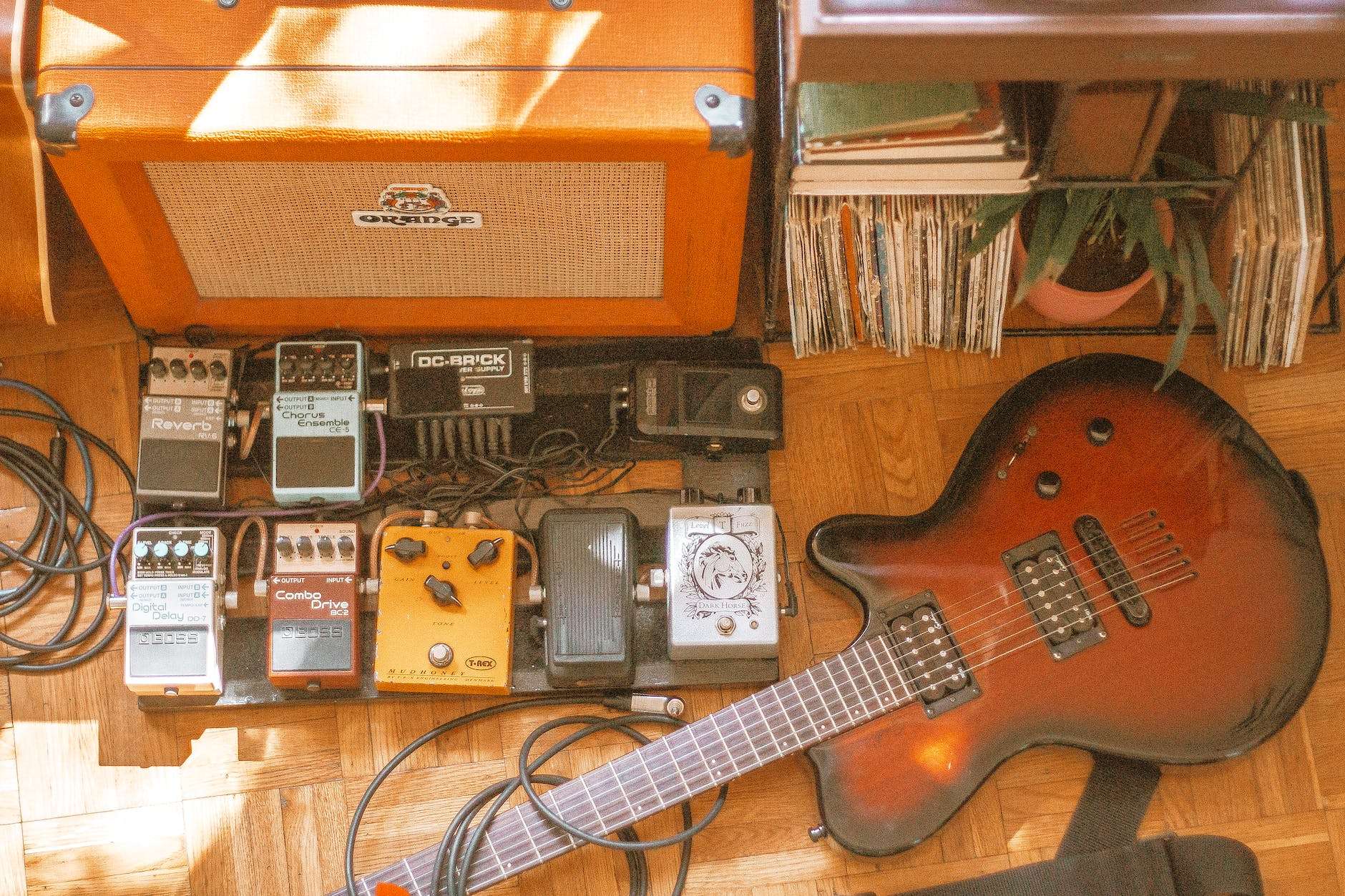Has guitar amp modelling technology caught up or will nothing ever compete with the real guitar amp experience?
I love guitar amps, valve guitar amps in particular, but recently I’ve delved into the world of modelling partly out of curiosity, partly out of trying to not be the traditionalist. How did that turn out? Well…
Modelling amps aren’t the real thing
We now live in an instant, just add water, virtual age of social media, AI, fake news and reality shows populated with Z-list celebrity. We want everything yesterday for free and preferably in a digital format, and unfortunately, with modelling technology, this attitude has made it into the world of guitar. Modelling is just that, a facsimile of the real thing, of something superior and real.
Admittedly, technological advances have been pretty impressive even since Line 6 release the POD back in 1998. We’ve gone from, in my opinion something that was barely useable to something that could pass off as a real guitar amp to most people. But look at it another way. Twenty six year later, has digital technology replaced the good old fashioned guitar amp? No. I think the reason behind this is, when you really get into the detail and the nuances, modelling technology still falls short and perhaps always will.
So what are those details and nuances? Playing single note lines and chords are fine, but how is that note decaying when you sustain it? How does it bloom into feedback when overdriven? How does it react and clean up on the guitar volume pot? How does it handle unison bends and even two notes alternate picked? (classic example being the intro to Everybody Wants to Rule the Word by Tears for Fears)? How is the note separation on distorted chords? The answer to all of those is, not as you’d hope or expect. You’ll often get strange artifacts and oscillations instead of happy accidents, with the amp working against you, not with, and the reason for all that is….. a modelling amp isn’t a real guitar amp.
A real guitar amp is warm, organic and inspiring. A modelling amp is cold, digital and frustrating.
Latency IS real
I’ve heard it a thousand times. Latency isn’t an issue with modelling amps. The human ear cannot detect anything less the 10ms. The latency is the same as standing a distance away from the amp.. Well, all things being equal, the fact is real guitar amps have a more immediate response than modelling amps. I can feel the difference under my fingers as opposed to my ears, and that messes with your timing and crucial emotional connection between you, the guitar and the amp.
So not only is the core tone not what you’d hoped in modelling amps, they also don’t deliver that tone as well as a real guitar amp.
Option paralyses
In my experience with guitars and music, limitation is always a good thing. A good example of that is in recording. The most productive I’ve ever been is with a BOSS BR recorder and not much else. Why? Because it focuses you on the playing and the writing, not with options, menus and the technology. Same goes for guitar amplifiers. Do you want to spend all your time flicking through 100 pretend amps, each a with a bewildering array of parameters, to try (and fail) to sound like the real thing? Or do you just want to plug into the real thing and be done with it?
If it ain’t broke
A guitar amp’s sole purpose is, would you believe, to amplifier the sound of an electric guitar! A job it’s performed perfectly for over a century. Why would you want to replace that with something digital and fake? Why would you want a silent stage and only hear yourself through headphones like a silent disco? If you’ve made the effort of putting a band together, getting the gear and learning the songs, why would you want to deprive yourself being connected to your instrument and having the amp with you, not against?
Maybe some players like the challenge, of being able to switch between something Fender-y and something Marshall-y. Maybe they love to tinker for hours on end tweaking the tone to their tastes? Personally, I’ve gone down that road many times now and have always wasted a great deal of time searching for something modelling amps can’t deliver: The tone and feel of a real guitar amp.

Leave a Reply